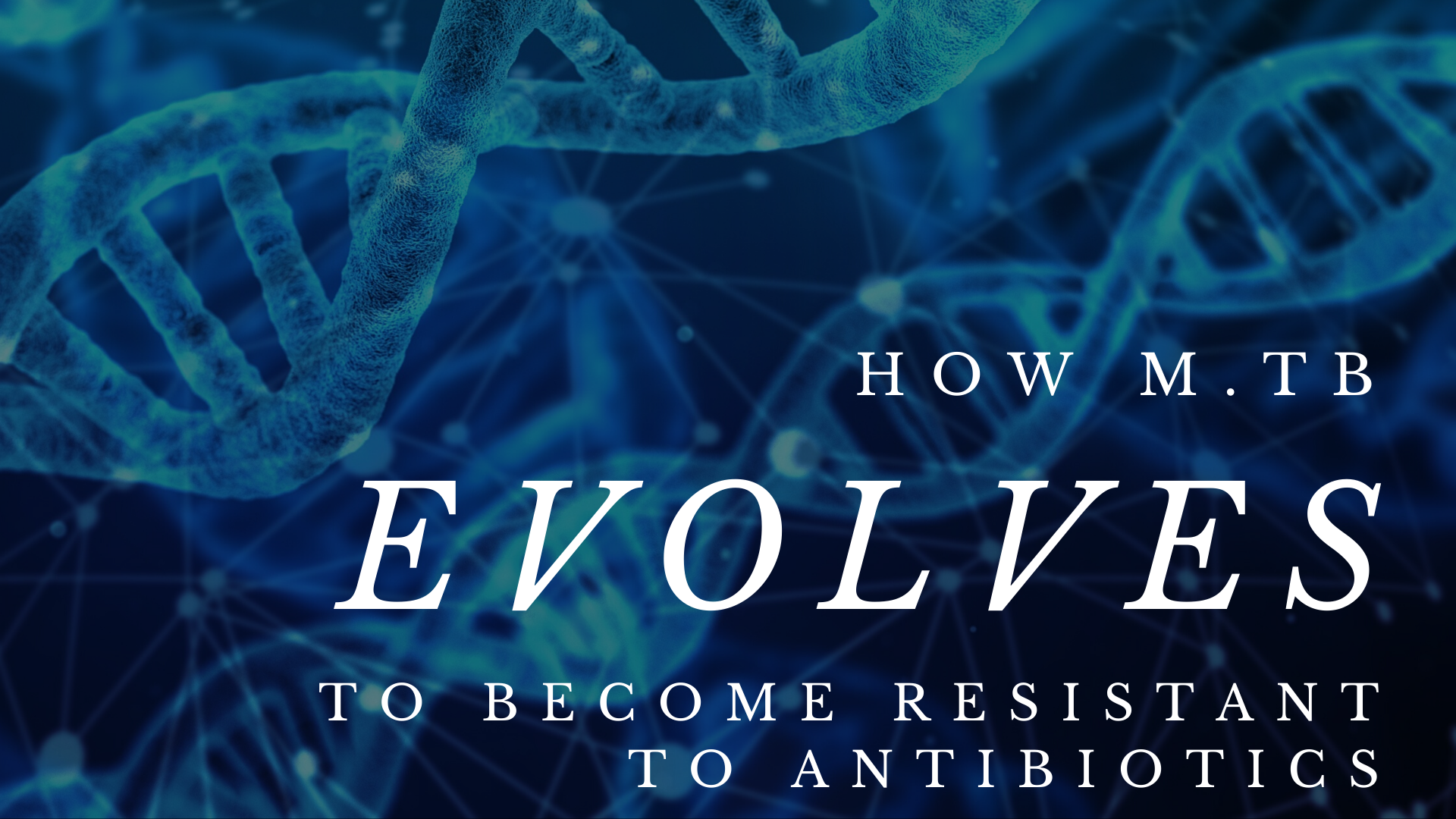Although it has identified it in 1882 by Robert Koch, Tuberculosis is still one of our major public health concerns and its agent, Mycobacterium tuberculosis remains quite mysterious even to the numerous specialists studying it.
Until the early 20th century Tuberculosis had a 70% fatality rate after 10 years of infection, which gives plenty of time for the disease to spread among people. But the discovery and broad use of the BCG vaccine and antibiotics gave us tools to effectively fight the disease when timely diagnosed and treated.
Yet, Tuberculosis remains today’s deadliest infectious disease; most of infected people belong to the poorest populations of low-income regions of Africa and South-Eastern Asia who cannot afford the 6 months daily drug regimen required.
Moreover, we face a raising issue, common to a broad range of human or animal pathogens: drug resistance, this includes Mycobacterium tuberculosis.
Drug resistance is the consequence of evolution and adaptation to environmental conditions. This concept, popularized by Charles Darwin in the 1860’s, means that living organisms have to adapt to the pressure of their environment to enhance their chance of survival.
With the over-use of antibiotics, we modified Mycobacterium tuberculosis environment, in turn the bacilli adapted to it, resulting in the emergence of drug-resistant and even multi-drug resistant strains. As scientist we are trying to understand how this happens in order to prevent it.
At the molecular level, these adaptions are the result of events occurring on DNA, the mutations. DNA is the instruction manual of life. It is divided in “sentences” that are called genes. Each gene has a function, some are responsible for the ability to breath, to eat, to heal or to reproduce. Thus, DNA has to be carefully copied before being transmitted to the next generation.
Mutations are the result of the alteration of the letters forming a gene. Just like our words, some modification won’t change the global meaning whereas others will change everything. In genes that means either deadly results or critical advantage in the race for survival. Mutations are sustained during infection when Mycobacterium tuberculosis faces life-threatening conditions because of the host’s immune system and antibiotic treatments. Because of the deadly risk they represent, they have to be carefully dealt with, thanks a dual function defense mechanism called the SOS response. It can either promote DNA repair in order to maintain its integrity or it can facilitate the mutagenesis to increase its chance to generate a mutation that will, possibly, result in a critical advantage for survival. Although critical the SOS response study remains poorly studied in Mycobacterium tuberculosis.
First, the genes involved in the SOS response must be identified. To do so, Mycobacterium tuberculosis is grown in the presence of DNA-damaging agents such as antibiotics or UV in order to trigger the SOS response. The objective is to determine which the genes are the most “read” in such conditions and thus, that have a role in the DNA-damage response.
Once good candidates’ genes have been identified, they can be deleted from the DNA in order to highlight a potential effect on survival under DNA-damaging conditions. Yet, functions are rarely performed by a single gene but are dependent on network of genes. Unlike words which have to be grouped together and arranged in a specific order to make a meaningful sentence, genes can be located anywhere on the DNA and they can even be written backwards. This complicates the identification of those networks. Moreover, laboratory conditions can never mimic the conditions met by Mycobacterium tuberculosis when infecting a host. So, a promising finding made in a laboratory can actually be completely irrelevant to what truly happens during an infection.
This difficulty, however, must not hinder the crucial efforts to prevent the rise of drug-resistant bacteria. Indeed, there is only a limited number of compounds that can be used as an effective antibiotic whereas Mycobacterium tuberculosis has a virtually unlimited ability to generate a drug-resistant mutation. It is similar to the arms race that occurred between the Eastern and the Western blocs during the Cold War. As soon as a new drug is developed and use against Mycobacterium tuberculosis, it leads to the emergence of drug-resistance strain which in turn, emphasizes the need for new antibiotics.
Understanding the SOS response is expected to useful to understand a broad range of human or animal pathogens as antimicrobial resistance is considered as a very serious threat for humankind by the World Health Organization. Indeed, if we are not able to heal or to cure our crops and cattle from any diseases caused by bacteria, it could jeopardize the future of our civilization.


 Written by: Mr Dimitri Griffault
Written by: Mr Dimitri Griffault